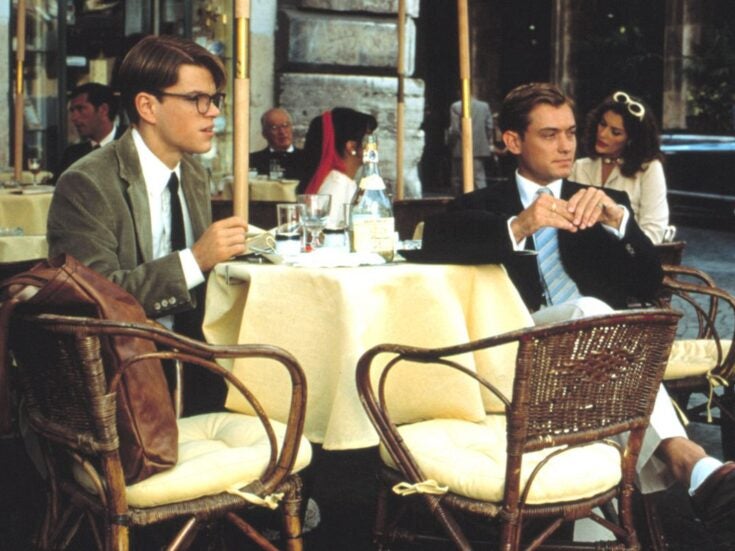Just as The Ivy has become London’s most popular restaurant, according to the new 2012 London restaurant survey from Zagat, so Tim and Nina Zagat must be feeling a surge of popularity after Google agreed to buy their company last week
JUST AS THE Wolseley has become London’s most popular restaurant, according to the new 2012 London restaurant survey from Zagat, so Tim and Nina Zagat must be feeling a surge of popularity after Google agreed to buy their company last week.
In London to launch the survey, in which the Ledbury (winner of a Spear’s award) retains its ‘top food’ title, the Zagats are far from reticent about Google’s recent purchase of their life’s work. Although the sum was undisclosed and Tim Zagat is hesitant to predict (or reveal) Google’s plans, he ascribes the attractiveness of the deal to Zagat’s trusted brand and authoritative digital content. (Nina can only slip in brief interjections throughout our conversation.)
‘What we’re doing is creating digital content,’ he says, large and lordly in a comfortable armchair in their suite at the Connaught, ‘and fifteen years ago I’d never heard of digital content. It’s changing all the time and I suspect we’re going to change more now that we have a technologically strong partner.’ Google’s ‘fantastic bandwith’ of resources will enhance Zagat’s online position, and Zagat’s detailed local knowledge will help Google.
Technology plays a much greater role in Zagat’s surveys these days – online ratings, digital production – but also in food more broadly. Nathan Myhrvold, author of the five-volume bible for technological gourmets, Modernist Cuisine, invited the Zagats to Seattle for a 30-course meal. ‘It was a little overdone,’ Tim concedes, but he sees the place of the centrifuge in cooking.
Download Zagat’s top twenty restaurants in London
TIM ZAGAT HAS sharp words for some of Britain’s overextended celebrity chefs. ‘There are a lot of chefs who are spreading themselves too thinly. Some of them have had terrible economic problems as a result. There’s plenty of room to question some of these television celebrity chefs in terms of both are they really cooking any more for anybody and are they really as good as their TV image?’
Perhaps coincidentally, Gordon Ramsay at 68 Royal Hospital Road, part of his troubled collection of restaurants, slipped to second most popular restaurant for 2012 and from eighth to second for top food.
The deification of chefs is not an entirely bad thing, he says. Thirty years ago (when ‘English food was definitionally bad’), ‘Chefs were foreigners who had hot, dirty jobs in the kitchen. The culinary schools and television have made the chefs into a respected professional.’
But the survey shows that 73 per cent of reviewers are dissatisfied with service in London. ‘The front of the house has no such training [as chefs get] and nobody wants to be a waiter. Look at who does the waiting in most of the restaurants in London – they’re not English for the most part.’
There is dissatisfaction with service in nearly every city they cover to varying degrees, he says, which makes you wonder if we don’t expect too much. The Zagats dance around this question, but being pressed, there is a curt no from Nina and Tim says: ‘I don’t know how to answer that other than simply say no.’
Download the key statistics from the 2012 Zagat London restaurant survey
And have they eaten in Google’s fabled (within the corporate world anyway) canteens? An instant enthusiastic yes from both. ‘We ate at one yesterday,’ Nina starts before Tim breaks in. ‘Yesterday we ate here [at Google’s British headquarters in Victoria] and I gave them for an in-house canteen a 28 for their food.’
He’s just saying that because they bought them! ‘Wait a minute. Compared to outside, I gave them a 22 or 21. I gave them two ratings.’
by Josh Spero






